Monstera deliciosa—commonly known as the “fruit salad plant” due to its unique fruit that tastes like a blend of banana, pineapple, and mango—is admired globally not only for its delicious produce but also for its ornamental value. Native to the tropical rainforests of Central America, this plant has gained popularity for its exotic appearance and edible, fragrant fruit. But despite its origin and fame in gardening communities, its commercial cultivation is more niche compared to mainstream fruits. This article explores which country leads in Monstera deliciosa fruit production, the factors influencing its cultivation, and why this unique plant is gaining recognition worldwide.
Understanding Monstera Deliciosa: The Fruit Salad Plant
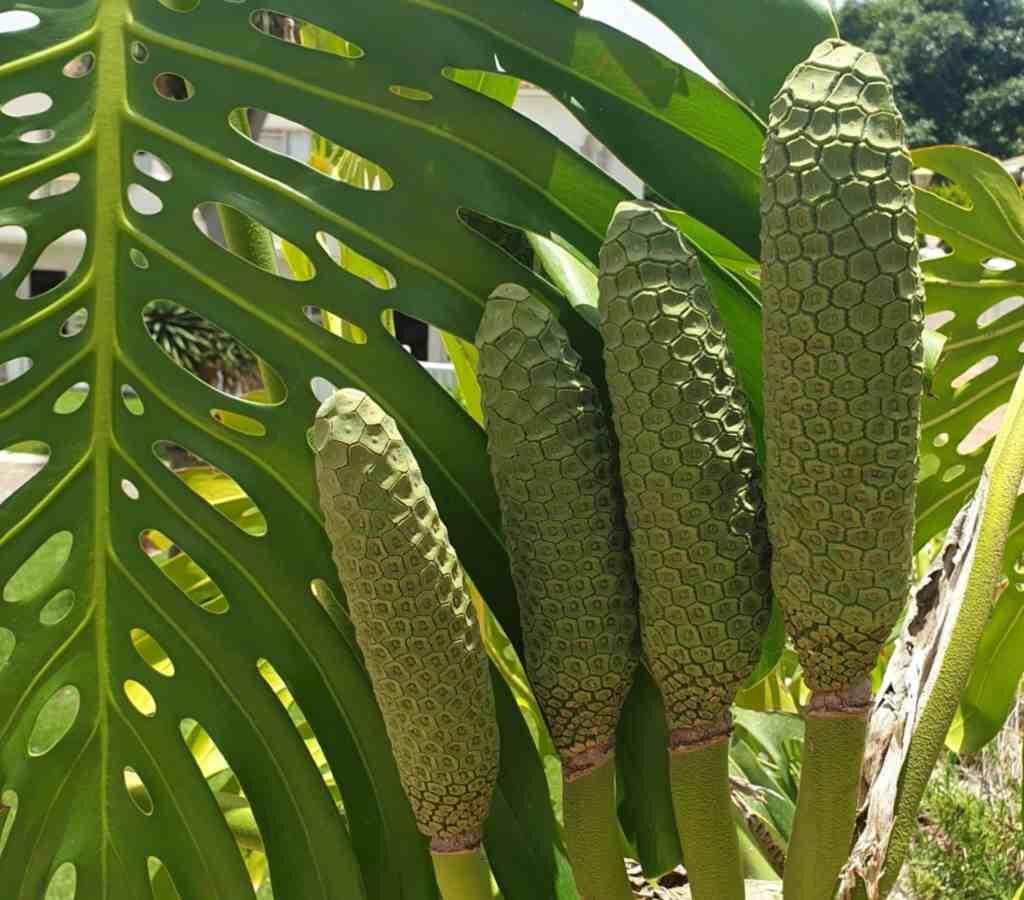
Monstera deliciosa belongs to the Araceae family and thrives in warm, humid climates. It’s an evergreen climber, typically grown for both ornamental foliage and its rare, cylindrical, green fruit which matures over a year. When fully ripe, the fruit offers a sweet tropical flavor but must be consumed only after ripening, as the unripe parts contain calcium oxalate crystals, which can irritate the mouth and throat.
While Monstera is widely cultivated as an indoor houseplant in temperate regions, the fruit is grown and harvested primarily in tropical and subtropical areas.
Global Cultivation Trends of Monstera Deliciosa
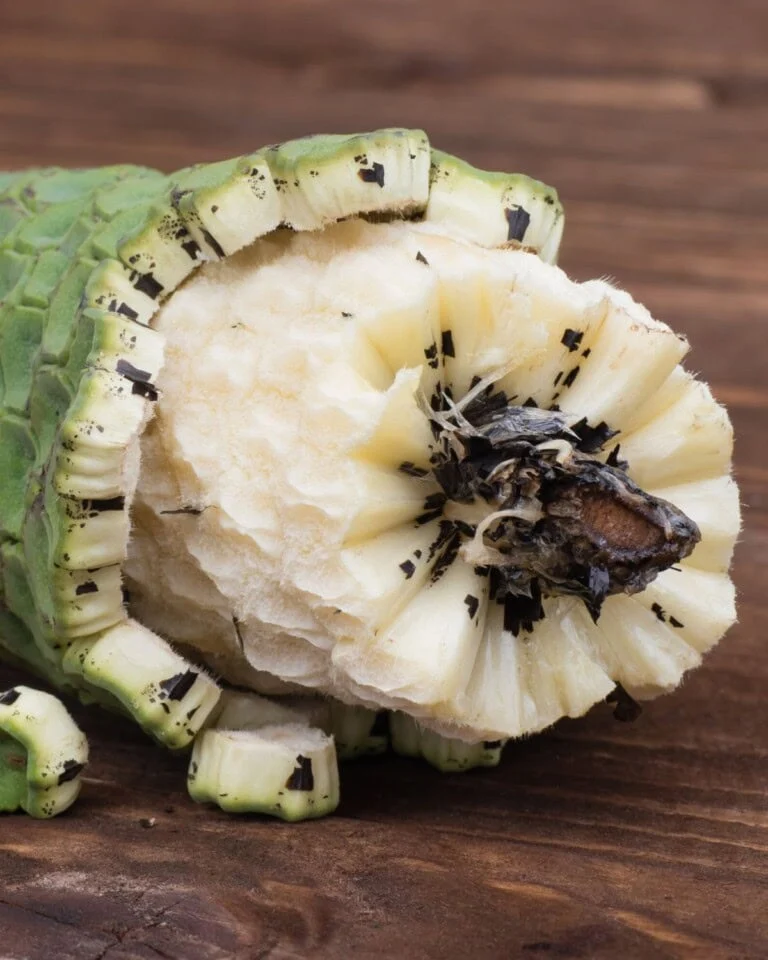
Though Monstera deliciosa is native to Mexico and Central America, it is now cultivated in various countries due to its aesthetic appeal and the exotic allure of its fruit. However, not all regions cultivate it at a commercial scale. Most countries grow it in botanical gardens, home gardens, or for export as ornamental foliage.
Countries where the Monstera fruit is cultivated for consumption include:
- Mexico
- Costa Rica
- Colombia
- Thailand
- India (especially in Kerala and the Western Ghats)
- Philippines
- Hawaii (USA)
Among these, Costa Rica stands out as the largest commercial producer of Monstera deliciosa fruit globally.
Why Costa Rica Leads in Monstera Deliciosa Production
Costa Rica, located in Central America, offers the perfect growing conditions for Monstera deliciosa—rich volcanic soil, high humidity, warm temperatures, and abundant rainfall. The country’s dedication to sustainable agriculture and eco-friendly farming also plays a major role.
Key reasons why Costa Rica leads the global production include:
1. Favorable Climate
Costa Rica’s tropical climate mirrors Monstera’s native environment, allowing for natural and organic growth without extensive artificial intervention. This results in healthier, more flavorful fruit.
2. Agroforestry and Biodiversity
Many Monstera plants in Costa Rica are grown in mixed agroforestry systems along with bananas, coffee, and cacao. This biodiversity supports pollination and minimizes pests, which enhances fruit yield and quality.
3. Export-Oriented Horticulture
Costa Rica has a well-established export infrastructure for exotic fruits like pineapples, bananas, rambutan, and mangosteen. Monstera deliciosa fits naturally into this supply chain. While the fruit isn’t exported as widely as others, Costa Rica has increasingly become the top exporter of fresh and ripened Monstera fruit to niche markets in Europe and North America.
4. Eco-Tourism and Botanical Interest
Monstera deliciosa is also grown in eco-lodges and botanical gardens throughout the country. Many tourists are introduced to the fruit during trips, further fueling demand and localized commercial production.
Other Notable Producers
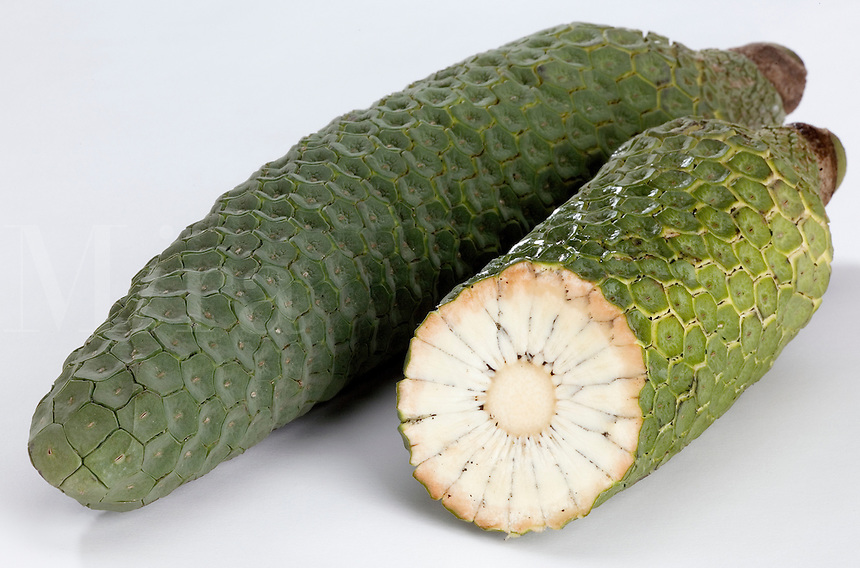
Mexico
As Monstera’s native land, Mexico continues to grow the plant, especially in the states of Chiapas and Veracruz. However, its focus remains largely ornamental or for local consumption rather than mass export.
Colombia
Colombia has ideal tropical conditions and has begun tapping into niche markets for exotic fruits, including Monstera. Though promising, its scale is smaller than Costa Rica’s.
India
In India, Monstera is mostly grown as a decorative houseplant. However, in southern states like Kerala and parts of Karnataka, small-scale cultivation exists for the fruit, especially in home gardens. The fruit is still considered exotic and rare.
Thailand and the Philippines
While Thailand and the Philippines focus more on tropical fruits like mangosteen and durian, Monstera is occasionally cultivated, mostly for ornamental foliage. The fruit is rarely grown on a large scale.
Monstera Fruit in Global Markets
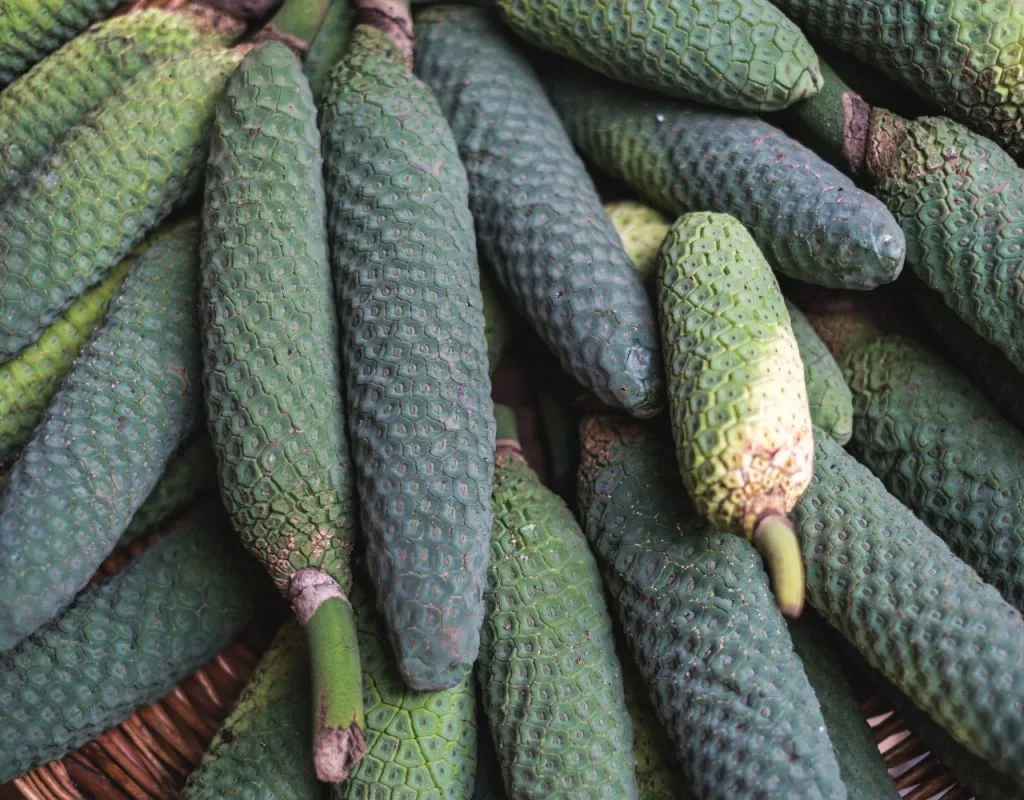
Despite the limited global supply, Monstera deliciosa fruit has become a high-value product in gourmet markets. Often sold in specialty health stores or farmers’ markets, it is prized for its rare taste and nutritional profile.
Monstera fruit is:
- Rich in Vitamin C
- Contains dietary fiber
- Loaded with antioxidants
- Low in calories
Due to its limited availability and relatively long ripening period (up to a year), the fruit fetches a premium price, particularly in European and North American markets.
Challenges in Monstera Deliciosa Commercial Cultivation
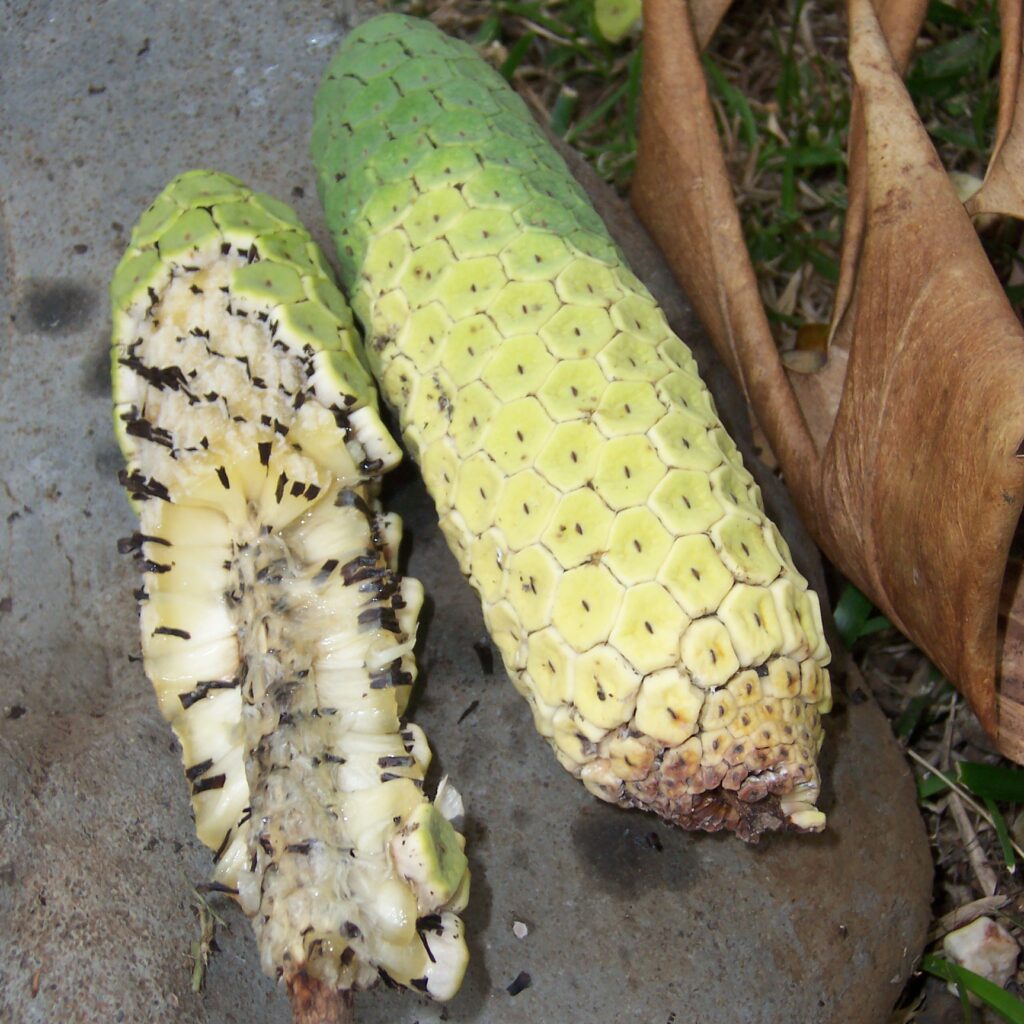
Despite its appeal, Monstera fruit cultivation isn’t widespread due to:
- Slow fruit development (9–12 months to ripen)
- Ripening complexity: The fruit ripens from the base up and must be harvested and stored carefully to avoid toxicity.
- Perishability: Once ripened, the fruit has a short shelf life, making it unsuitable for distant exports without advanced logistics.
- Low yield: A single plant produces only a few fruits per year.
These factors make large-scale commercial farming difficult, leading to smaller, niche operations in tropical countries like Costa Rica.
The Future of Monstera Fruit Production
With the rise in global interest in exotic fruits, the demand for Monstera deliciosa is growing steadily. Increased awareness about its taste, health benefits, and unique appeal is pushing growers to consider it as a potential high-value niche crop.
Technological advancements in greenhouse cultivation, post-harvest storage, and improved propagation methods may help scale production in other countries. However, for now, Costa Rica remains the undisputed leader in commercial Monstera fruit cultivation.
Conclusion
So, which country is the largest Monstera deliciosa fruit producer globally? The answer is Costa Rica. Thanks to its favorable climate, commitment to biodiversity, and established fruit export networks, the country has carved out a leadership role in the global production of this exotic plant. While other countries cultivate Monstera mainly for ornamental use or local consumption, Costa Rica leads in bringing the unique fruit salad plant to international markets. As global demand rises, it will be interesting to see how production expands and which nations may follow in Costa Rica’s tropical footsteps.
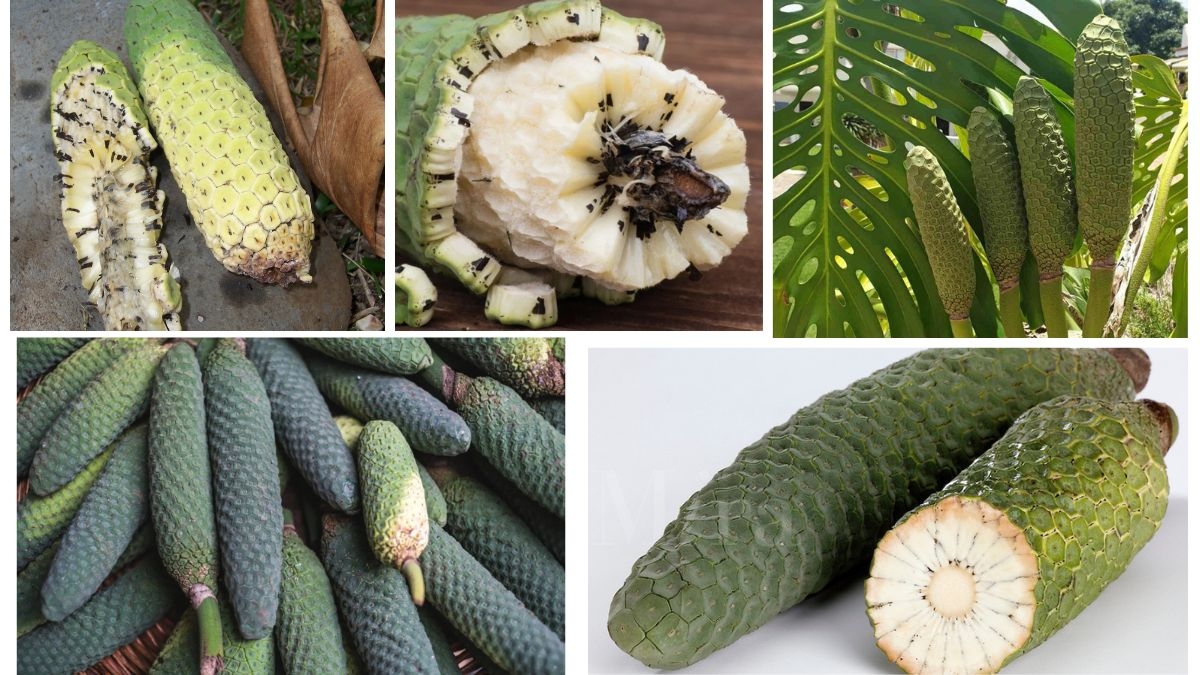

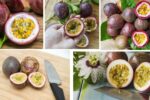
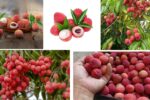
Leave A Comment